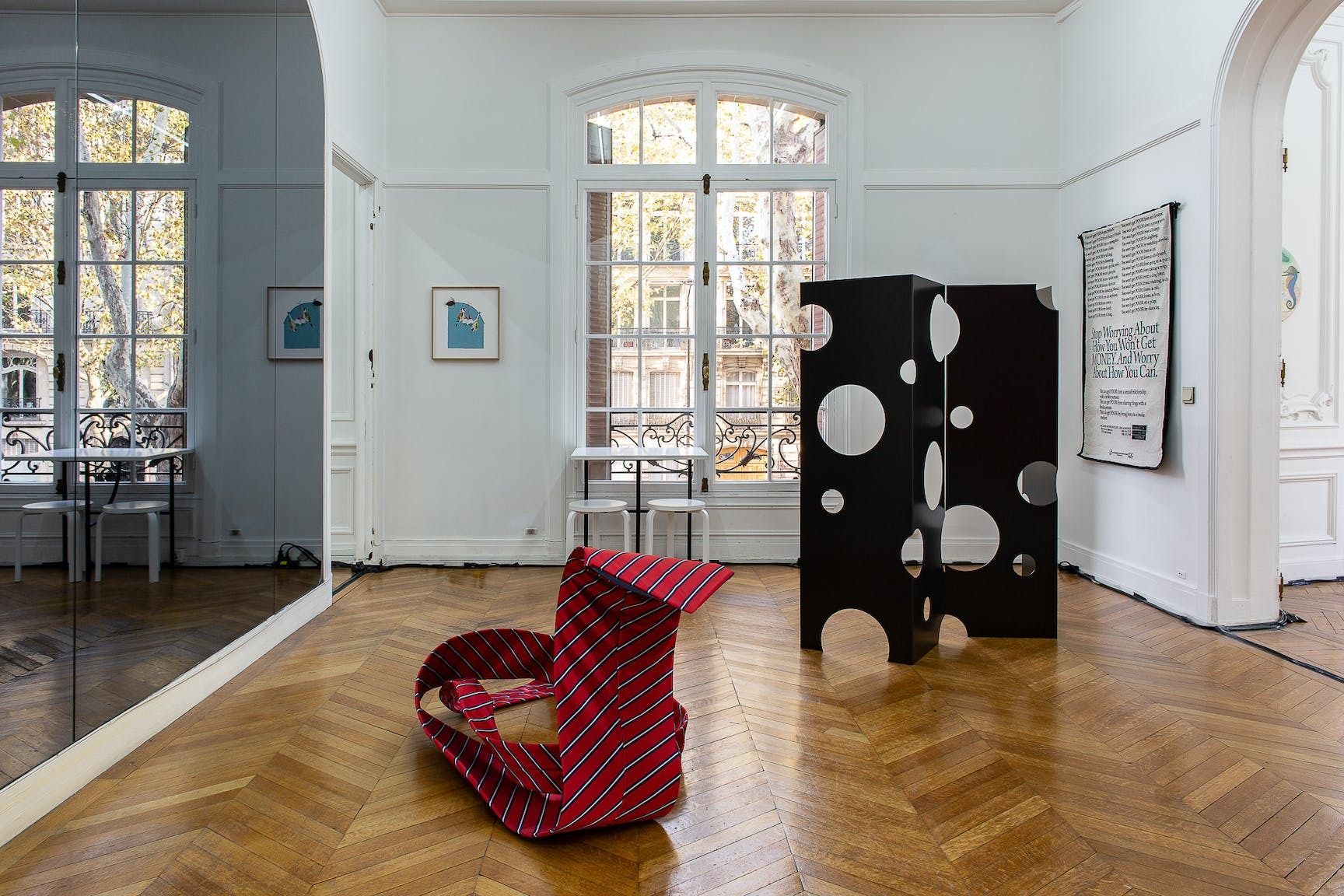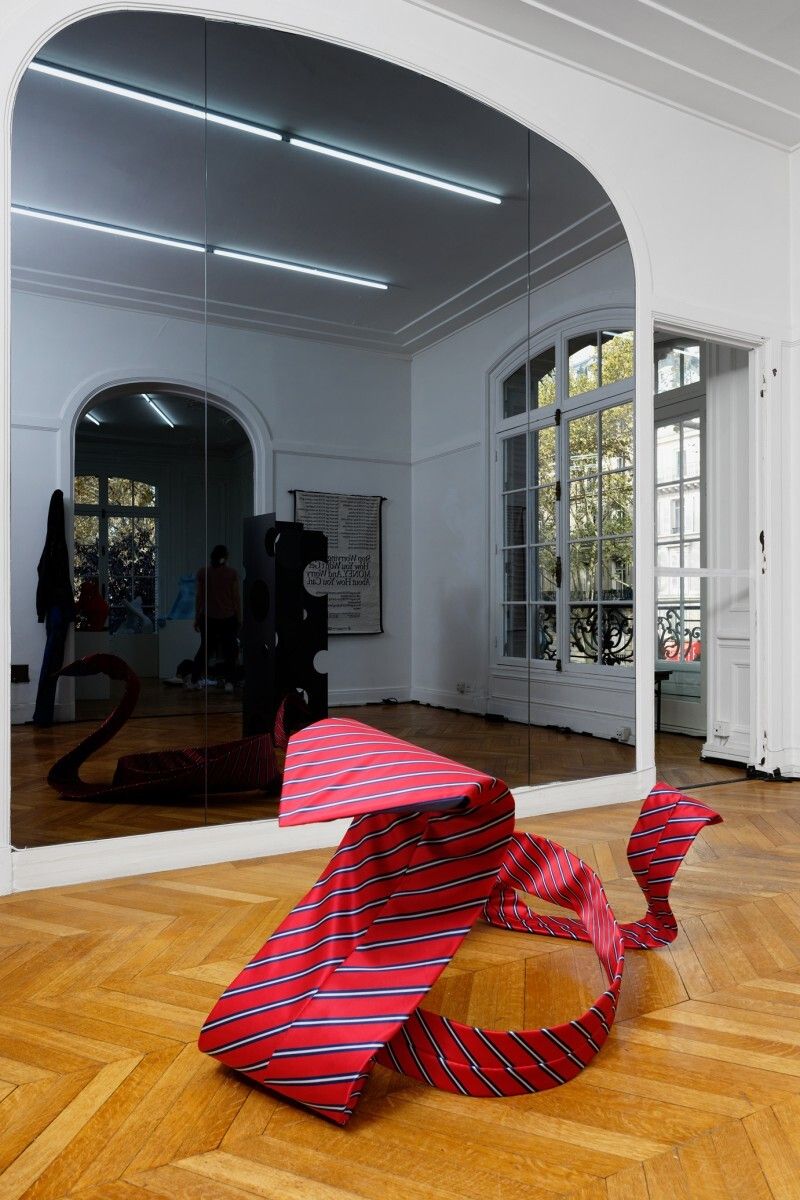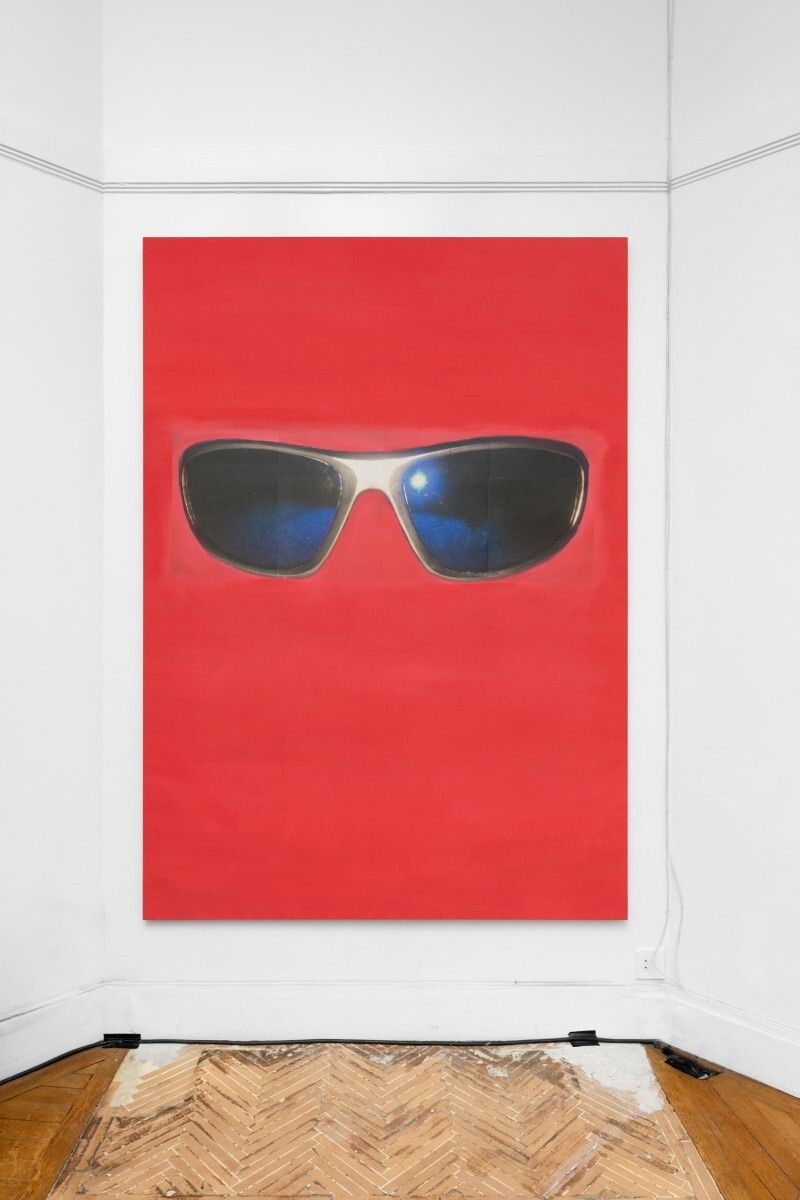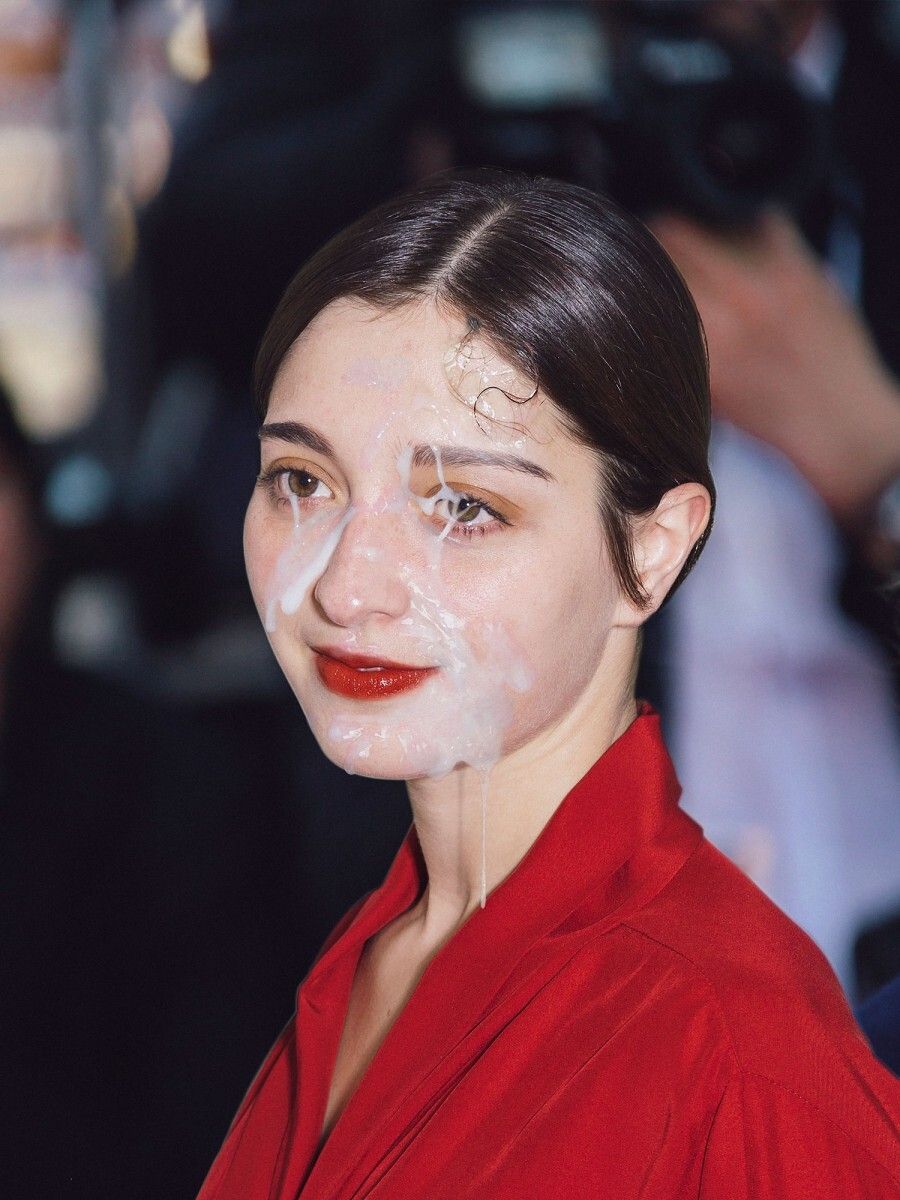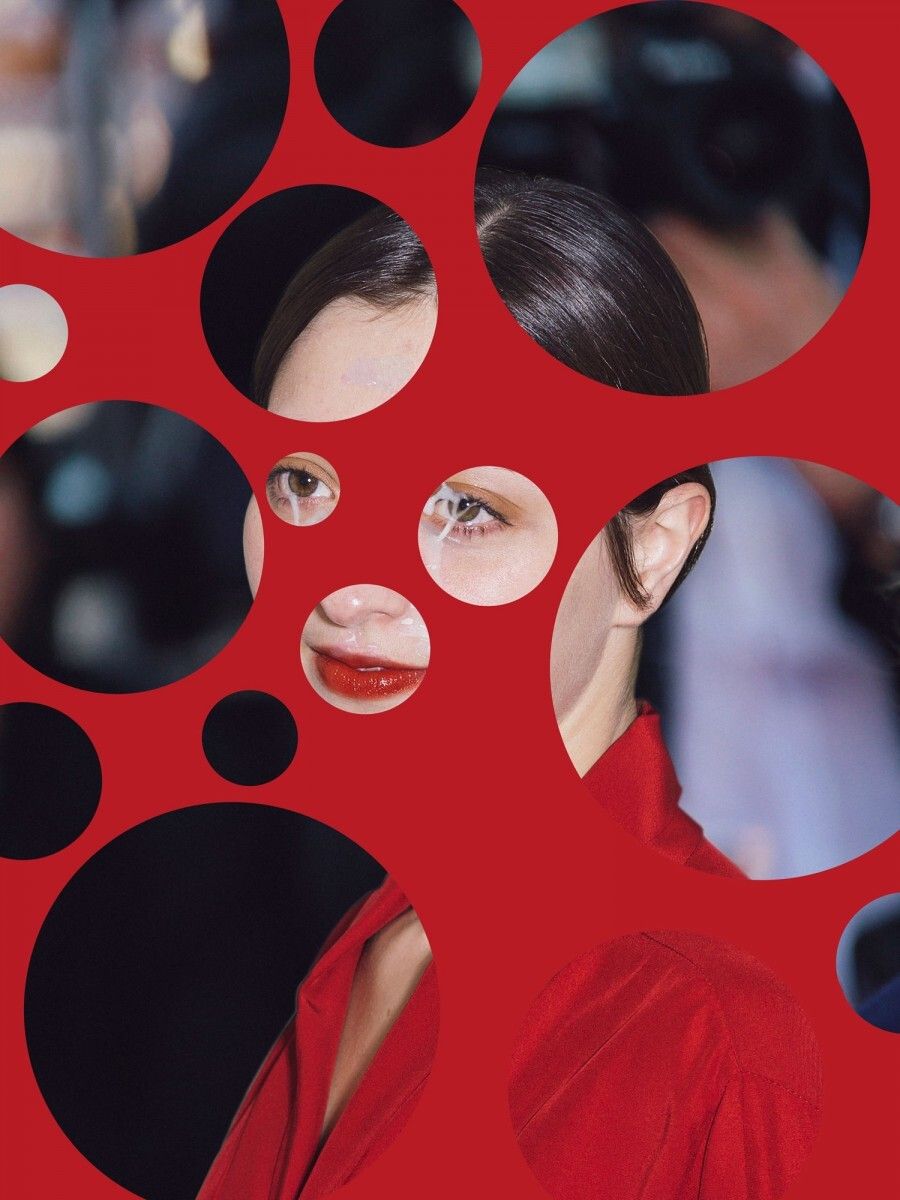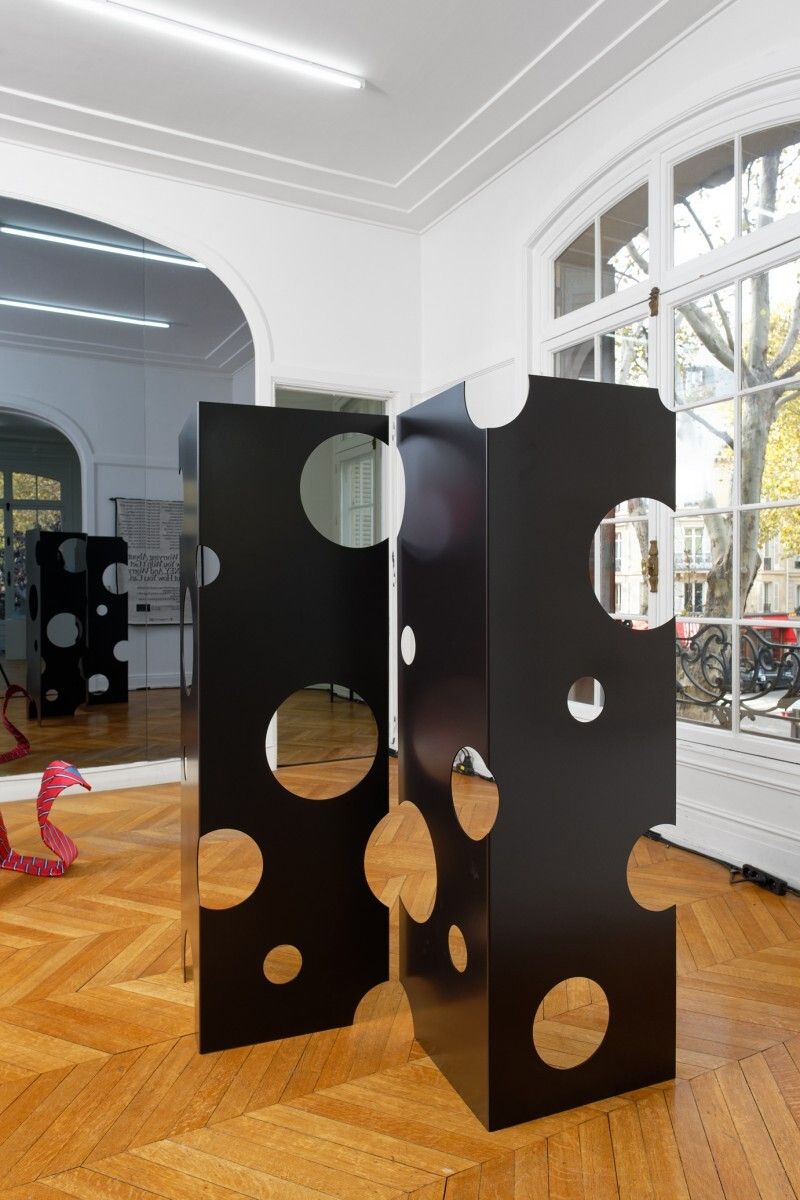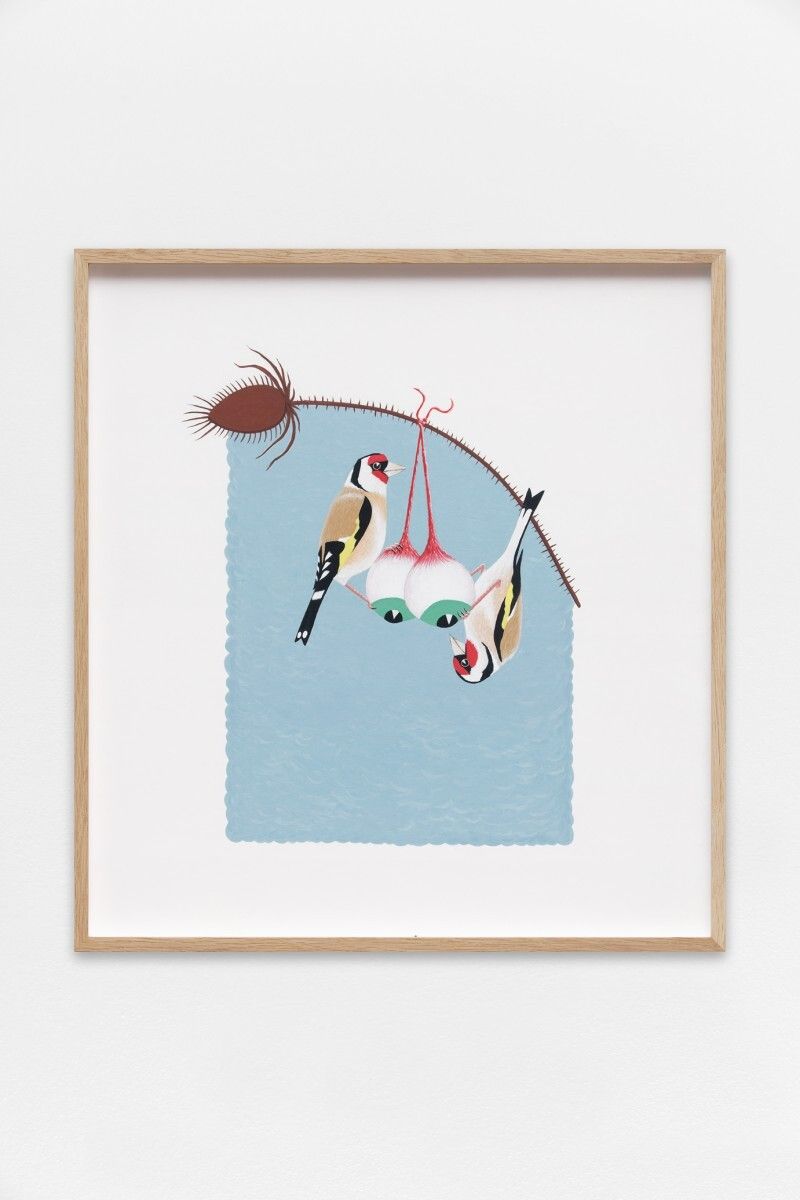Judith Hopf’s (*1969, Germany) art deals with stories and aesthetics, turned towards the sphere of everyday life. She uses forms of expression like performance, video, sculpture and graphics. At the same time, Hopf’s view of social processes is a decidedly offbeat one: for her, it is not about the direct depiction of social and political facts in the medium of art, but the use of art as an autonomous space within which the status quo can be shaken up. Slapstick, comedy, and caricature serve as a means of provoking gaps and holes in the order of things, which allows the practiced routines of interpretation to be derailed – be they of a political or aesthetic nature.
read more
Jo Penca (*1988, Augsburg) lives and works in Munich. Penca completed his art education in 2015 at the Städelschule in Frankfurt am Main under Professor Judith Hopf. Along with drawing and gouache, Jo Penca’s work includes performance, video, and sculptures, whereby he addresses queer perspectives in collaborative contexts. Penca’s work frequently expresses his strong interest in the natural sciences, which he contextualises with references to popular culture. In his recent exhibition, sympathy for the 6-legged (17.03. – 05.05.2018) at Deborah Schamoni, Penca presented gouache and sculptures of human figures in costume, each of which represented an “insect of the year” - an initiative that sought to bring these relatively unpopular and increasingly threatened groups of animals closer to the public eye. In a visual symbiosis of zoo-logical characteristics and personified traits, the assembled insects from the years 1999 to 2018 are depicted as ambivalent guests at an imaginary gala.
Tobias Spichtig (*1982, Luzern) lives and works in Berlin and Zürich. Made with inkjet vinyl prints and oil paint on raw canvas, Spichtig’s paintings are richly material and highly mediagenic. Each piece starts with an image—something like a mental screenshot of life’s stream—filtered through a digital mode, then transferred to canvas. As Spichtig works the printed-painted image into the canvas, saturating it with pigment, the photographic becomes embedded in layers of the “real.” In this process, data drops from view, overwritten by new information imparted by the painter’s hand. The resulting images are highly specific yet stripped to their base elements. In a way, these paintings resemble well-circulated memes. As repositories of contemporary codes, they are arrestingly familiar yet possess enough semiotic breathing room for the user/viewer to mediate them anew, making them their own.
Amalia Ulman (*1989) is an airport-based artist with an office in Downtown LA. Born in Argentina but raised in Spain, she studied Fine Arts at Central Saint Martins in London. Ulman’s work toys with the staging and fabrication of identity. In 2016 Ulman’s work Excellences and Perfections was selected to be included in the group exhibition Performing for the Camera at Tate Modern, London (18 February — 12 June 2016). The exhibition, which examined the relationship between photography and performance, brought together over 500 works spanning 150 years from the invention of photography in the 19th century to the selfie-culture of today. Through Ulman’s Instagram-based project, social media was examined in the historical context of photographic performances. Ulman has thus been described as the first social network-based artist to enter top institutional galleries.
